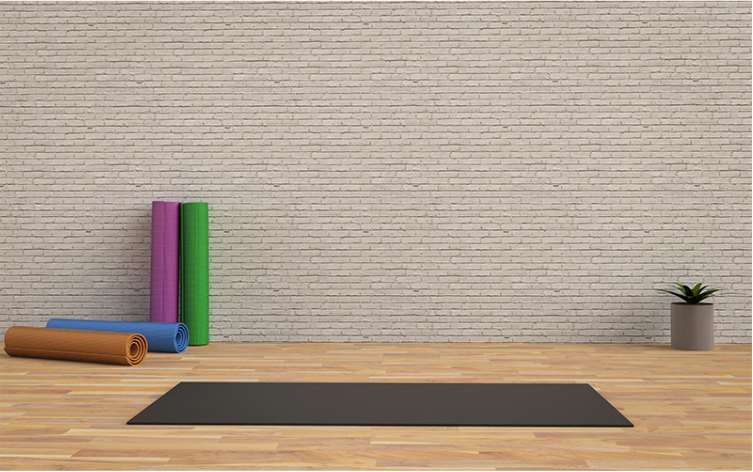Yoga has become more than just a wellness trend in Singapore—it’s now a respected lifestyle and career choice. With increasing demand for skilled instructors, many individuals are considering the path of becoming a certified yoga teacher. Whether your motivation is personal growth or a professional calling, the journey towards teaching yoga starts with understanding the necessary qualifications. This article outlines how to become a yoga teacher in Singapore and what aspiring instructors should know about training and certification.
Understanding The Role Of A Yoga Teacher
A yoga teacher does more than lead classes—they guide students through physical, mental and spiritual disciplines. Teaching yoga effectively requires strong knowledge of anatomy, alignment, and mindfulness practices, as well as the ability to connect with people from all walks of life. That’s why enrolling in yoga certification courses is essential for anyone serious about teaching.
Certification provides the credibility and structured learning needed to transition from yoga student to yoga instructor. In Singapore, many reputable studios and schools offer foundational and advanced programmes to suit different levels of experience.
Starting With The Right Training
The first step to becoming a yoga teacher is to enrol in a recognised 200-hour training course. This is considered the minimum requirement for teaching yoga professionally. The 200-hour yoga teacher training in Singapore typically covers yoga philosophy, teaching methodology, anatomy and physiology, ethics, and practicum teaching.
These courses often follow the standards set by international bodies such as the Yoga Alliance. Choosing an accredited programme ensures your certification will be recognised globally, which is especially useful if you plan to teach outside Singapore in the future.
In Singapore, yoga schools offer training in a variety of yoga styles such as Hatha, Vinyasa, Ashtanga, and Yin. It’s important to select a course that aligns with your interests and future teaching goals. Some schools also include mentorship, allowing new teachers to gain hands-on experience before leading classes independently.
Building Teaching Experience
After completing your initial certification, it’s time to practise what you’ve learnt. Many new teachers start by offering free or low-cost classes to gain experience. You might teach friends, family or small community groups. This practice helps you build confidence and develop your unique teaching voice.
It’s also beneficial to assist in classes led by experienced instructors. Observing how seasoned teachers structure sessions, manage different student needs and deliver instructions can be a great learning tool. Over time, your skills will grow, and so will your professional opportunities.
You may also choose to deepen your expertise by enrolling in specialised yoga certification courses, such as those focused on prenatal yoga, yoga therapy, or advanced sequencing techniques. These add-on certifications can enhance your credibility and appeal to a wider range of students.
ALSO READ: The Observer, Observing, the Observed – Jane, RYT200
Meeting Legal And Industry Standards
In Singapore, there are currently no government-imposed regulations on yoga teaching, but studios and fitness establishments often have their own requirements. Most employers prefer instructors who have completed a recognised yoga teacher training in Singapore and who possess insurance coverage for liability protection.
Joining professional organisations or directories can further bolster your credentials. Being listed as a certified instructor with an international registry not only validates your training but also connects you with job opportunities and continuing education.
Sustaining Growth As A Yoga Teacher
Qualifying as a yoga teacher is just the beginning of a lifelong learning journey. The field is constantly evolving, with new approaches, scientific findings and teaching methodologies emerging regularly. Continuing education is important for keeping your practice relevant and enriching your students’ experiences.
Investing in advanced yoga certification courses every few years can help you stay updated. Workshops, retreats and online modules also offer valuable opportunities to expand your knowledge. Additionally, nurturing a consistent personal practice is crucial. The more you grow on your mat, the more effective and authentic your teaching will be.
Networking with the local yoga community in Singapore can open doors to collaborations, studio placements and wellness events. Teaching is not just about skills—it’s about building relationships, understanding your students’ needs and delivering meaningful sessions.
Conclusion
Becoming a yoga teacher in Singapore is a fulfilling path that begins with proper training, dedication and continual growth. From selecting suitable yoga certification courses to building real-world experience, the journey requires time, patience and genuine passion for the discipline. With the availability of comprehensive yoga teacher training in Singapore, aspiring instructors have access to everything they need to start this rewarding career.
Contact The Yoga Mandala today and take the first step and begin your training journey.

